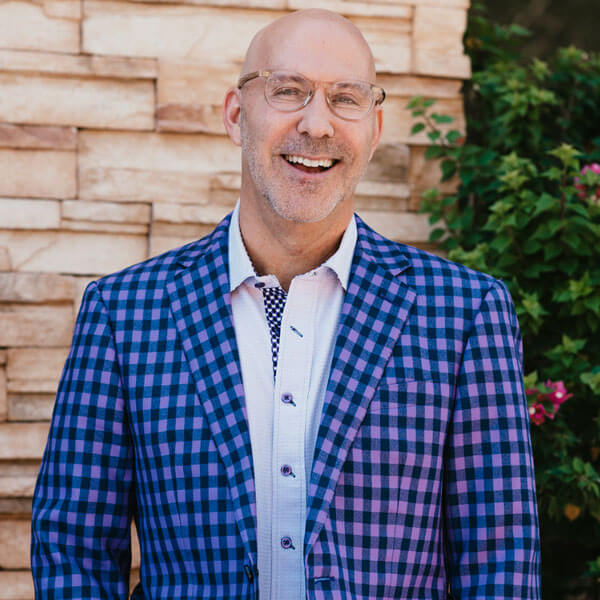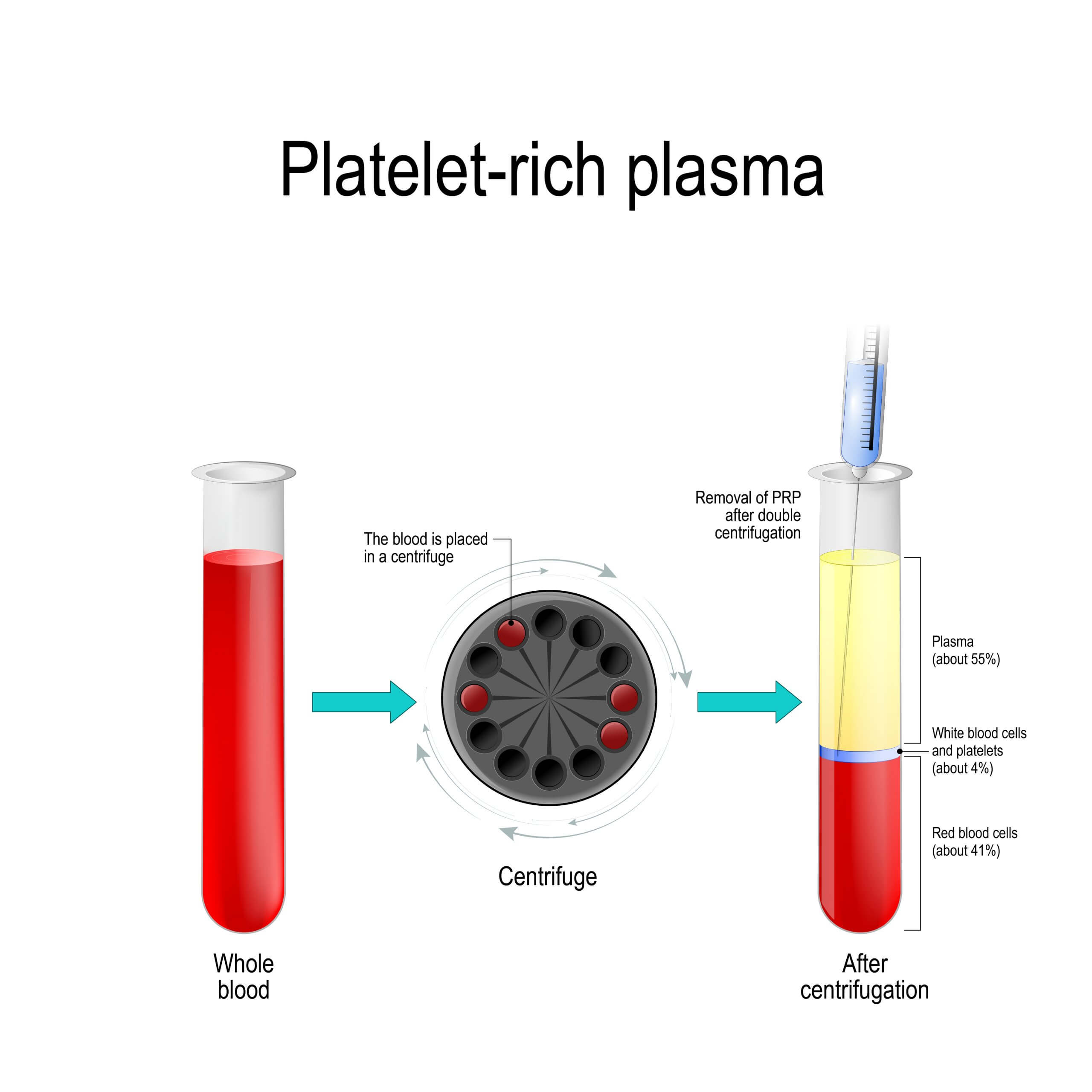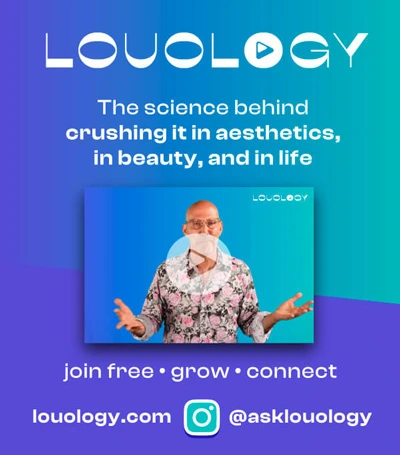PRF Injection Training
Are you interested in joining the exciting field of medical aesthetics? Look no further, because National Laser Institute trains top class medical aestheticians across the country through its competitive courses that are taught by the best in the business. One such advanced training course is PRF injection training for skin rejuvenation.
The world of medical aesthetics has many amazing opportunities opening everyday. Technological advances keep the industry fresh and exciting. One such exciting treatment is PRP/PRF, Platelet-Rich-Fibrin/Platelet-Rich-Plasma. If you want to perform these treatments, you must be a physician, nurse, or aesthetic injector. The medical aesthetic industry has many opportunities for people who are interested in the business and desire to become an aesthetic injector. At the National Laser Institute, you will be taught the tools and techniques you will need to know to perform PRP/PRF treatments.
Platelet-Rich Fibrin PRF Injections
Who Can Become an Aesthetic Injector?
You can become an aesthetic injector if you are a nurse, physician, or Registered Nurse. The medical aesthetics industry has continuous room for growth as technology is updated and new treatments are introduced.
What are PRF Injections?
Platelet-Rich-Fibrin injections are a treatment where the physician or aesthetic nurse will draw blood and place it into a centrifuge. This process separates the Platelet-Rich-Plasma, so the aesthetic nurse can apply it to the patient’s skin for treatment.
Where does Platelet-Rich-Fibrin Come From?
In France of 2001, Platelet-Rich-Fibrin, PRF, was developed by Choukroun and a team of medical professionals. With this in mind, PRF was developed by removing red blood cells from a serum. When the red blood cells are removed from the serum, you are left with a concentrated serum of growth factors. As well as that, the serum contains white blood cells, stem cells, and cytokines. This combination contains the necessary components that are useful in promoting healthy growth and wound repair.
How Does PRF Work to Heal Wounds?
The process of healing wounds through Platelet-Rich-Fibrin works well because the platelets within PRF form a protective layer over the site. The platelets create a “mesh” crosshatch pattern that allows new tissue to grow. As the wound heals, the “mesh” absorbs into the surrounding tissue. As well as that, the protective layer also protects the wound site from infection. Another benefit of PRF is that it promotes fast wound healing. In addition, to prevent infection, Platelet-Rich-Fibrin contains white blood cells.
What are The Components of Platelet-Rich-Fibrin Injections?
- Platelet-Rich-Fibrin contains white blood cells that prevent infection at the site of healing.
- In addition, PRF contains proteins that act as a communicator between cells, called cytokines. These cytokines also stimulate actions within the cell.
- As well as that, Platelet-Rich-Fibrin contains growth factors. These growth factors promote cell and blood vessel regeneration.
- In addition, PRF contains structural glycoproteins. These glycoproteins are water-soluble proteins attached to sugars and/or carbohydrates.
Platelet-Rich-Fibrin Preparation
- First, a doctor or aesthetic nurse will draw blood from the client and place it into two sterile tubes called vacutainers. These vacutainers do not have any clotting elements within them.
- Second, the two vacutainers are placed within a centrifugal machine. The centrifugal machine will spin the blood, which separates it into different components.
- Third, after the centrifugal machine stopped spinning, the doctor or aesthetic nurse will remove the vacutainers from the centrifuge. The centrifuge separates the blood into layers. The top layer in the vacutainer is acellular plasma, which looks straw yellow. The second layer of the vacutainer is Platelet-Rich-Fibrin. As well as that, the second layer has a concentrated layer of platelets contained within the fibrin connective grids.
- Once the vacutainers are spun in the centrifuge and separated into layers, the aesthetic nurse can begin the treatment. Important to note, the aesthetic nurse will then place the PRF at the treatment site. As well as that, the PRF injections have to be used immediately because the vacutainers do not contain anti-clotting factors. Over time, the Platelet-Rich-Fibrin will begin to clot and become unusable.
 PRF Injections for Rejuvenation vs. PRP Injections for Rejuvenation
PRF Injections for Rejuvenation vs. PRP Injections for Rejuvenation
Platelet-Rich-Fibrin is a type of Platelet-Rich-Plasma. With this in mind, PRP only releases growth factors to rejuvenate the skin for a few hours. In contrast, Platelet-Rich-Fibrin releases those same growth factors for up to one week. Important to note, Platelet-Rich-Fibrin promotes healing and wound repair for a longer period of time.
Platelet-Rich-Fibrin is used to rejuvenate the skin. For example, Platelet-Rich-Fibrin is used to minimize acne scars and other skin concerns.
Platelet-Rich-Plasma is used to improve the appearance of fine lines and wrinkles. As well as that, Platelet-Rich-Plasma is used to improve skin tone. In addition, Platelet-Rich-Plasma is used under the eyes to add volume, which tightens the skin.
PRF Injection Training at National Laser Institute
When you come to the National Laser Institute in search of a career as an aesthetic nurse/aesthetic injector, you are making a positive investment in your future. In addition, National Laser Institute offers hands-on training in its aesthetic injector program. Come down to the National Laser Institute and undergo specialized PRF injection training. Contact the National Laser Institute today and turn your dreams into a reality.
“Finding your purpose isn’t only about making great money, it’s about so much more. It’s about tapping into your passions and chasing your dreams.”- Louis Silberman CEO

About the Author
Louis J. Silberman is the CEO and Co-Founder of National Laser Institute, the pioneer of the medical aesthetics training industry and the largest educator in the country. NLI also operates one of the busiest medical spas in the country, seeing up to 3,000 clients per month. Louis Silberman is also an entrepreneur who has been named Ernest and Young’s EY Entrepreneur of the Year Semifinalist.





 PRF Injections for Rejuvenation vs. PRP Injections for Rejuvenation
PRF Injections for Rejuvenation vs. PRP Injections for Rejuvenation




